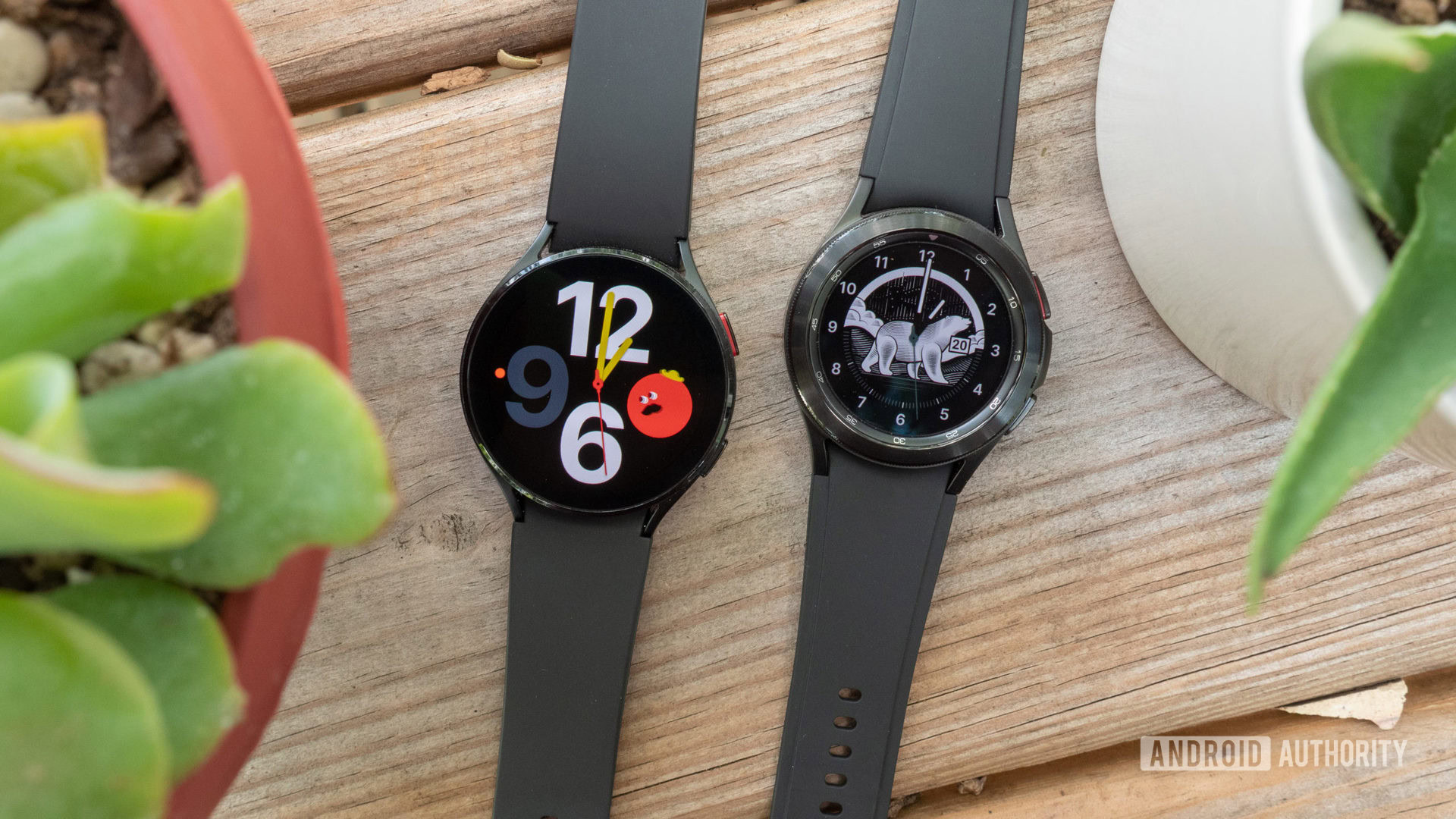Affiliate links on Android Authority may earn us a commission. Learn more.
Thanks to Samsung, Wear OS is now the second-largest wearables platform

- Wear OS market share has surged thanks to Samsung adopting the platform for its Galaxy Watch 4.
- The Apple Watch is still the most popular wearable on the planet, but market share is down 10% from last year.
- The sub-$100 wearable market continues to grow, with Amazfit ranking third globally.
Apple, Samsung, Amazfit, and HUAWEI are typically found at or near the top of new wearables market share reports. Google’s Wear OS platform is usually entirely absent from these reports or roped into the nebulous “other” category that makes up the least-popular platforms each quarter. This past quarter, things were different for Wear OS.
According to Counterpoint’s latest wearables market share estimates, Wear OS market share has surged in Q3 2021 to 17% from just 4% QoQ. This is a 325% increase in market share, and the most popular Wear OS has ever been on a global scale. This is, of course, almost entirely thanks to Samsung adopting Wear OS on the Galaxy Watch 4 series and dropping its homegrown Tizen platform.
In fact, Samsung achieved its highest-ever quarterly shipments in Q3 this year, rocketing the company up to second place just behind Apple. Huawei previously held the second-place spot, but now sits down in fifth place overall, just ahead of Garmin.
Samsung’s massive increase in sales this quarter no doubt has to do with many factors. The Samsung Galaxy Watch 4 and Galaxy Watch 4 Classic have received overall positive reviews around the internet. This is also the first time in years Samsung has launched a smartwatch series in multiple styles, sizes, and colorways. The Galaxy Watch 4 provides much more choice to users than Galaxy Watches have in the past.
The Galaxy Watch 4's multiple styles, sizes, and colorways helped it sell so well in Q3 2021.
Counterpoint claims more than 60% of total shipments from Samsung were sold in North America and Europe.
Wear OS market share will remain high for the foreseeable future thanks to Samsung’s efforts. However, we’ve been critical of Google’s new Wear OS 3 platform since its inception. While the user interface has improved and Google seems to be more focused this time around, growing questions about Google’s lack of update commitments have caused us to concern about the platform’s future.
For now, Apple remains on top, though its market share has dropped 10% YoY due to the Apple Watch Series 7 being delayed to Q4 2021. Apple also did not release a second Apple Watch this year, as it did in 2020 with the Apple Watch SE.
Don’t miss: The best smartwatch deals we could find
This brings us to a broader point about the wearables market. While Apple and Samsung are sitting at the top, the sub-$100 wearables market is growing quickly. One-third of all wearables shipped in Q3 2021 were under $100. Neither Apple nor Samsung offers sub-$100 wearables to compete with the likes of Amazfit or other brands.
The focus on budget wearables has allowed Huami’s Amazfit brand to secure third place overall. Indian brands like Noise and BoAt, which hold first and second place in the Indian market respectively, shipped more than double their wearable devices QoQ — proof that not everyone wants to (or can) spend over $100 on a smartwatch.